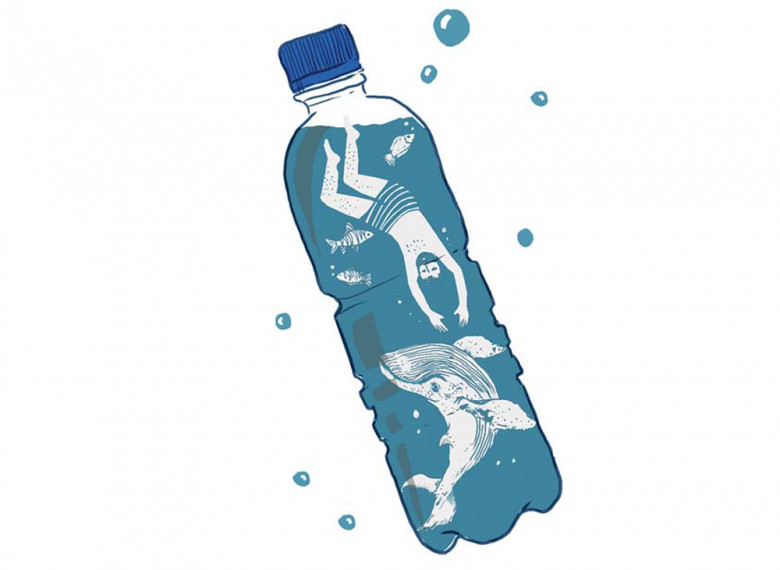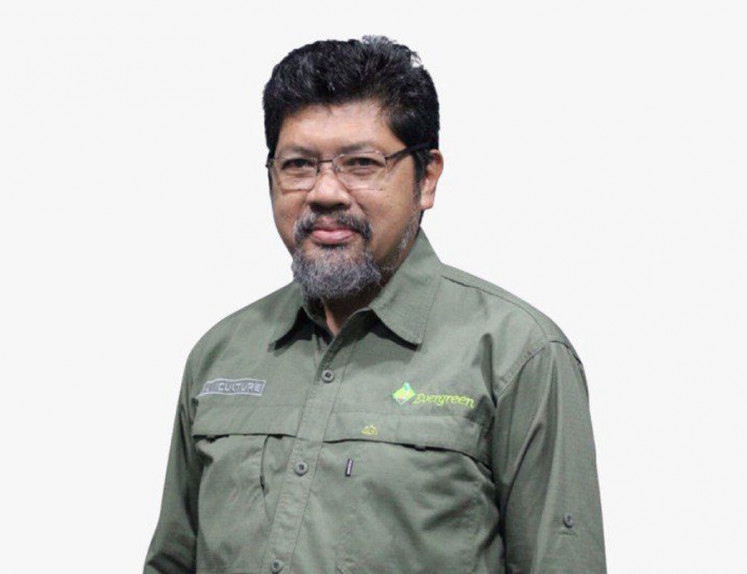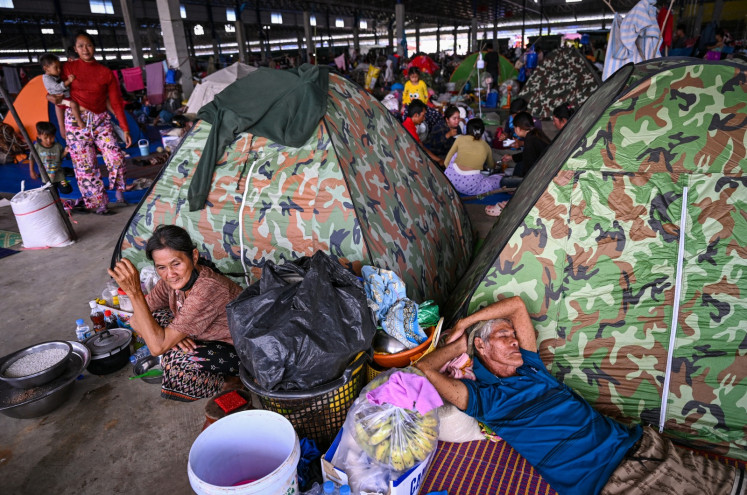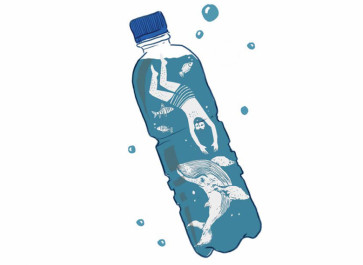Popular Reads
Top Results
Can't find what you're looking for?
View all search resultsPopular Reads
Top Results
Can't find what you're looking for?
View all search resultsTackling marine plastic pollution together
Change text size
Gift Premium Articles
to Anyone
M
arine plastic pollution has been acknowledged in recent years as one of the major global environmental issues and challenges. Since the beginning of 2019, movements to combat marine plastic pollution have accelerated around the world.
At the end of June 2019, Japan hosted the Group of 20 Summit in Osaka, which advanced the G20 Ministerial Meeting on Energy Transitions and Global Environment for Sustainable Growth on June 15 to 16 in Karuizawa, Japan. The G20 ministers agreed at the ministerial meeting to establish the epochal G20 Implementation Framework for Actions on Marine Plastic Litter to facilitate, through voluntary national actions, the implementation of the G20 Action Plan on Marine Litter that was launched at the 2017 G20 Hamburg Summit.
Leaders at the G20 Osaka Summit announced the Osaka Blue Ocean Vision, which aims to reduce additional marine plastic pollution to zero by 2050. Meanwhile, Japanese Prime Minister Shinzo Abe announced the MARINE Initiative support for developing countries on the sidelines of the summit.
Apart from the G20 scheme, the United Nations Environment Assembly adopted two resolutions on single-use plastics and on marine plastic litter and microplastics during the March 11-15 meeting in Nairobi. The resolution on single-use plastics encourages member states to develop and implement national or regional action programs to address the environmental impacts of single-use plastics. It also encourages environmental education and innovation on alternatives to single-use plastics.
The resolution on marine plastic litter and microplastics announced the extension of the Open-Ended Expert Group on Marine Litter and Microplastics and the establishment of a multi-stakeholder platform within the United Nations Environment Program to take immediate action toward “the long-term elimination of the discharge of litter and microplastics into oceans”.
While the movement to reduce marine plastic litter has spread globally, further scientific knowledge needs to be developed. For example, surveys should be conducted to identify the types of plastics flowing into the seas and rivers in each region in order to implement effective upstream-downstream measures in the plastics industry supply chain.
In designing holistic measures for plastic litter, it is necessary to consider not only the reduction of single-use plastics and management of land-based plastic waste, but also the management of sea-based plastics. In addition, cost-sharing mechanisms should be developed for the collection and treatment of waste collected at estuaries and oceans.


















